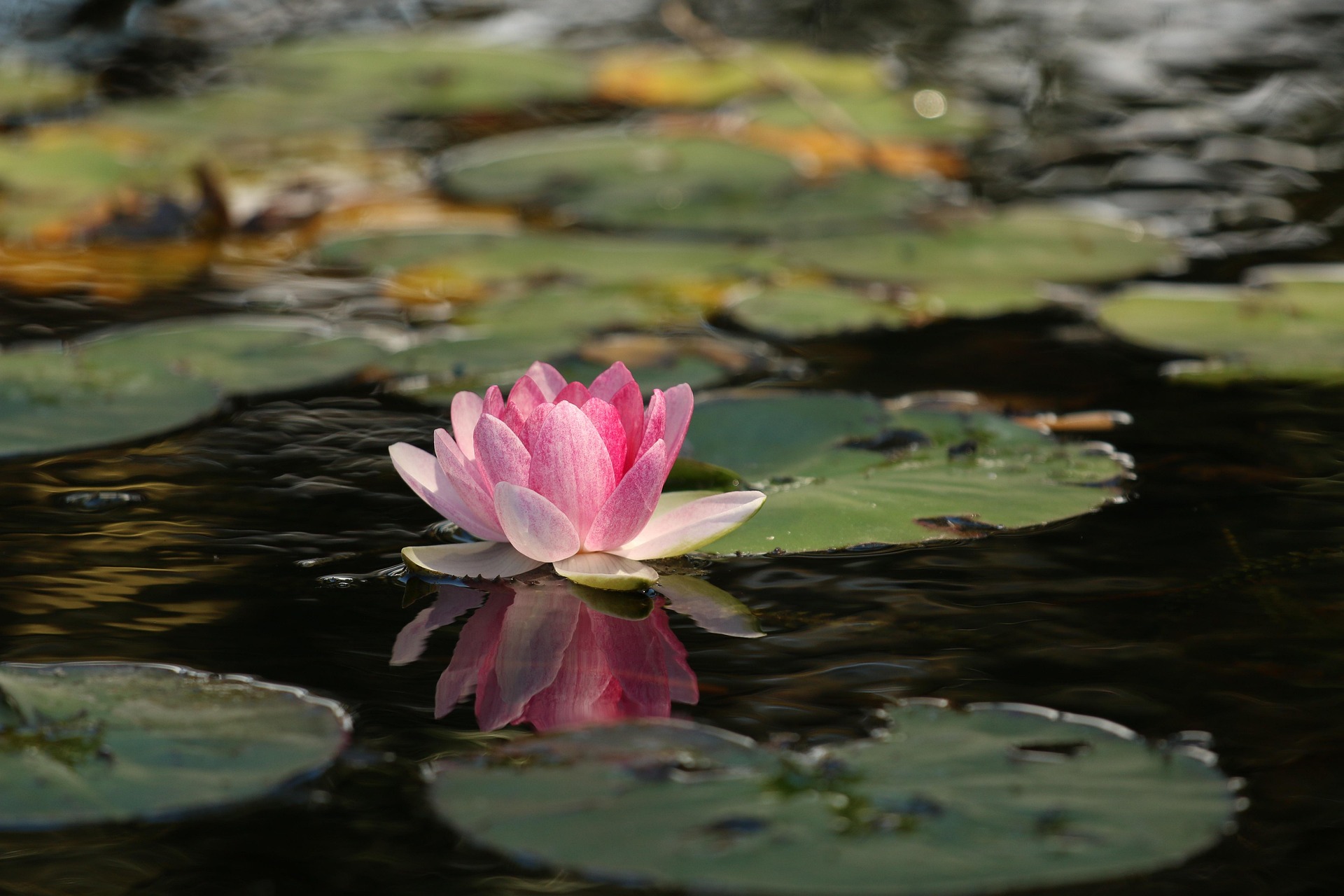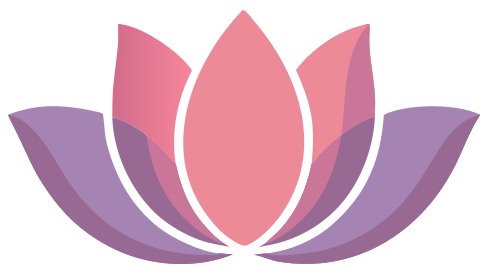Rooted and Open
The lotus appears everywhere in yoga and tantra. In temples. In texts. In the way we sit, the way we breathe, the way we imagine energy moving through the body. It’s not just decoration. The lotus is a map. A teaching about how transformation actually works.
What the Lotus Teaches
The lotus grows in murky water. Its roots are in the mud at the bottom. Its stem rises through darkness. Its flower opens in light.
But here’s what matters: the lotus doesn’t reject where it came from.
It doesn’t pull itself out of the mud and say, “I’m done with that.”
It stays rooted. It draws nutrients from the mud. It uses the water’s resistance to grow strong. The mud isn’t the problem. The darkness isn’t the obstacle. They’re necessary.
This is the teaching for the body:
Your past experiences — pleasure, pain, trauma, joy — aren’t obstacles to presence. They’re the soil your awareness grows from. Your tension, your numbness, the places you’ve learned to avoid —
These aren’t problems to fix before you can “begin.” They’re exactly where the work starts. The body isn’t something to transcend or escape. It’s the ground. The root. The place where transformation happens.
Why the Lotus for Inner Awakening
When I chose the lotus as the symbol for this work, it wasn’t arbitrary. It’s how the practice actually functions. The mud represents where you’ve been — your history, your conditioning, the experiences stored in your body. Not something dirty or shameful. Just rich, dense, full of information.

The water represents the journey — the process of moving through sensation, through feeling, through what’s been held.
The flower represents presence — not transcendence, but arrival. Being here. Fully embodied. Rooted and open at the same time.
The lotus doesn’t bloom by rejecting its roots. It blooms by staying connected to them. The body doesn’t awaken by leaving itself behind. It awakens by coming home.
The Myth: Creation from the Cosmic Ocean
The following is adapted from “Myths of the Asanas: The Stories at the Heart of the Yoga Tradition” by Alanna Kaivalya and Arjuna van der Kooij.
Before time began, Vishnu — the preserver god — rested on Ananta, the thousand-headed serpent, floating on the cosmic ocean of possibility. This ocean held everything that had been and everything that could be. Pure potential. Undifferentiated. Waiting.
When the moment came for creation to begin again, a lotus stem grew from Vishnu’s navel. The flower rose through the waters and opened, revealing Brahma — the creator god — seated inside with four faces, looking in all four directions.
From each of his mouths, Brahma spoke one syllable of the sacred sound OM: “AH” (creation), “OOO” (sustaining), “MMM” (destruction), and silence (dissolution). This sound set the cosmic ocean in motion. From that vibration, the universe took form.
The lotus, in this myth, is the place where creation emerges from stillness. Where form arises from formlessness. Where something new begins — not separate from what came before, but growing from it.
Namaste
Source:
Kaivalya, Alanna, and Arjuna van der Kooij. Myths of the Asanas: The Stories at the Heart of the Yoga Tradition. Mandala Publishing, 2010.

